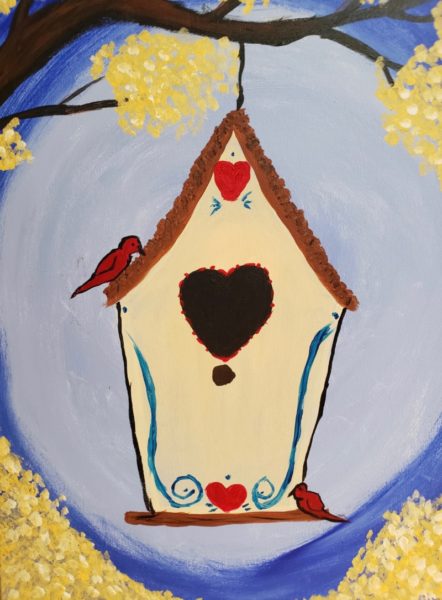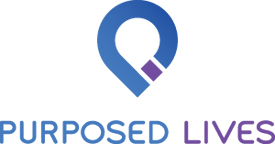 Have you been in a group, received the same instructions, and then experienced dramatically different interpretations of what was said? Did you end up with unexpected, incomplete, or unwanted results? The example I’m going to use was in a social setting and yet it happens in business and in relationships every day.
Have you been in a group, received the same instructions, and then experienced dramatically different interpretations of what was said? Did you end up with unexpected, incomplete, or unwanted results? The example I’m going to use was in a social setting and yet it happens in business and in relationships every day.
I went to a painting party and was struck by how 22 people heard the same instructions, with very different results. One instruction was to take 2 scoops of white paint, one tiny dot of brown, and one tiny dot of yellow. How many shades of beige would you imagine you’d have? A lot! Those are pretty specific directions and yet, open to interpretation about how much is a scoop and how tiny is a dot.
Even when you think you are being specific you may miss the mark. How many times have you had a conversation with someone and then their response is so far afield from what you thought you said that you simply had to shake your head? This can lead to unsettled relationships or ineffective business communications.
Back to my example – I was very focused on getting the process right – draw the line properly, mix the right color, fill the space like the artist leading the group. I sat about two feet away from my canvas and was hypercritical. When I got home, I propped the painting against the wall and viewed it from across the room. I saw that I did much better than I had imagined. I saw things that I hadn’t seen when I was “up close and personal” with it. The things I was so critical about, simply weren’t an issue. When I shifted my perspective, my experience shifted.
In business as well as in life, we often look at the details without seeing the big picture and how all of the pieces fit together to make the whole. This can create unintended consequences because we haven’t looked at how each thing connects to the next. On the opposite end of the spectrum, we sometimes forget to look at the tiny pieces and only see the big picture, not how to get there.
If you are a big-picture person you may not see the individual details that will get you there. In addition, when you do see the details, you may get overwhelmed because there are so many of them. Your to-do list will function as a source of judgment rather than serving as a framework.
For people who are detail oriented, the to-do list is a map. It’s what helps you focus and stay organized. The challenge might be that you are so focused that the to-do list can overtake you and pull you away from seeing the whole picture.
What results are you trying to achieve? How can you step back and look at the big picture and then also step forward and look at the details? This week reflect on times you have been misunderstood. Is there a common thread? How can you be more clear with your colleagues or family so you communicate what you intend?

Comments are closed.